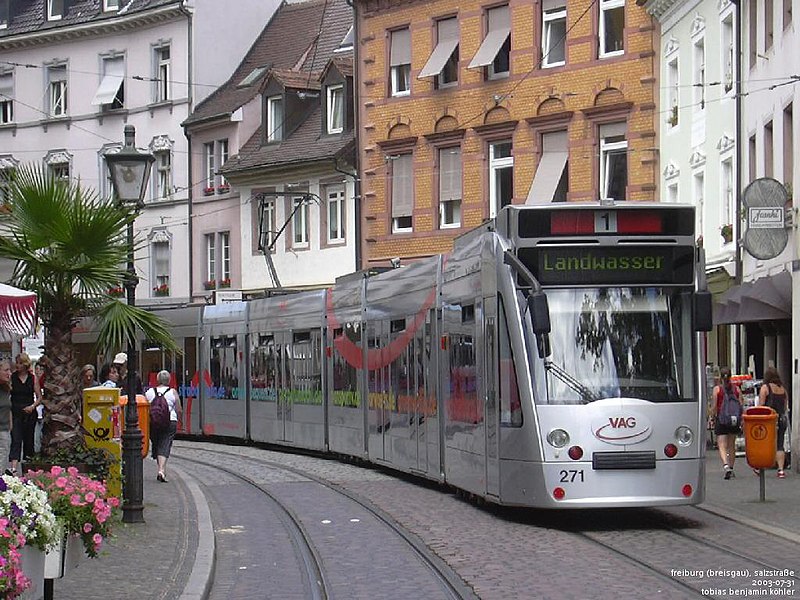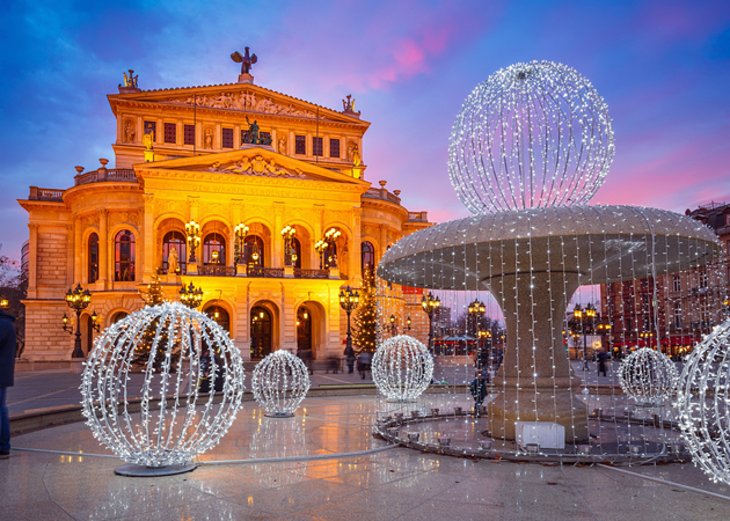A commercial and
industrial city with a major port on the River Weser, Bremen is
part of the Bremen/Oldenburg Metropolitan Region,
with 2.4 million people. Bremen is the second most populous city in Northern
Germany and tenth in
Germany.
Bremen is a major
cultural and economic hub in the northern regions of Germany.
Bremen is home to dozens of historical galleries and museums, ranging from
historical sculptures to major art museums, such as the Übersee-Museum Bremen. Bremen has a
reputation as a working class city. Along with this, Bremen is home to a large
number of multinational companies and manufacturing centers. Companies
headquartered in Bremen include the Hachez chocolate company and Vector
Foiltec.
Bremen is some
60 km (37 mi) south from the Weser mouth on the North Sea.
With Bremerhaven right on the mouth the two comprise
the state of the Free
Hanseatic City of Bremen (official
German name: Freie Hansestadt
Bremen).
Bremen town hall

Roland

Bremen's city hall

Stephanibrueke

In myopinion this city have lots of place to visit. I think this city it seems like Hamburg. But one thing that I don't like is too many people.






























